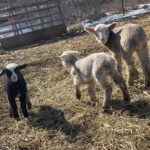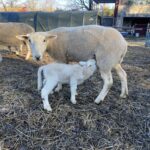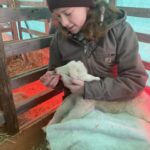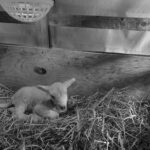There is such a yearly rhythm to farming that it naturally causes a farmer to reflect on each year, what new additions to the operation were made, what new approaches were tried, how climate affected the farming practices, what is working, what is not, where should the farm go for the next year and more. And 2018 was no exception.
The winter was very snowy, very long and pushed the growing season for our pastures behind a whole month. And then the weather went extremely hot. The grasses took off faster than we could keep up and one day I ended up mowing a tall, dense field at noon when only mad dogs and Englishmen. . .well, you get it.
Our trusty Sear’s Craftsman Lawn Tractor has really been the Little Engine the Could for the last couple years, managing so much more acreage than it had any business mowing. But regular maintenance and listening to the engine while mowing meant that it happily kept going, towing our shade structures and mowing the pastures. Well, this hot day gave me a horrible sun burn and ultimately killed the poor tractor. Although it seemed fine while mowing, when I went to turn it back on again the next day it was dead. It turns out, the engine had gotten so hot that the metal bearings fused and the engine was now permanently seized. I now know engines are the really expensive part of the tractor! So, this trusty tractor got a new engine and was retired to the home farm; which meant it was finally time to get a proper tractor to work in the fields.
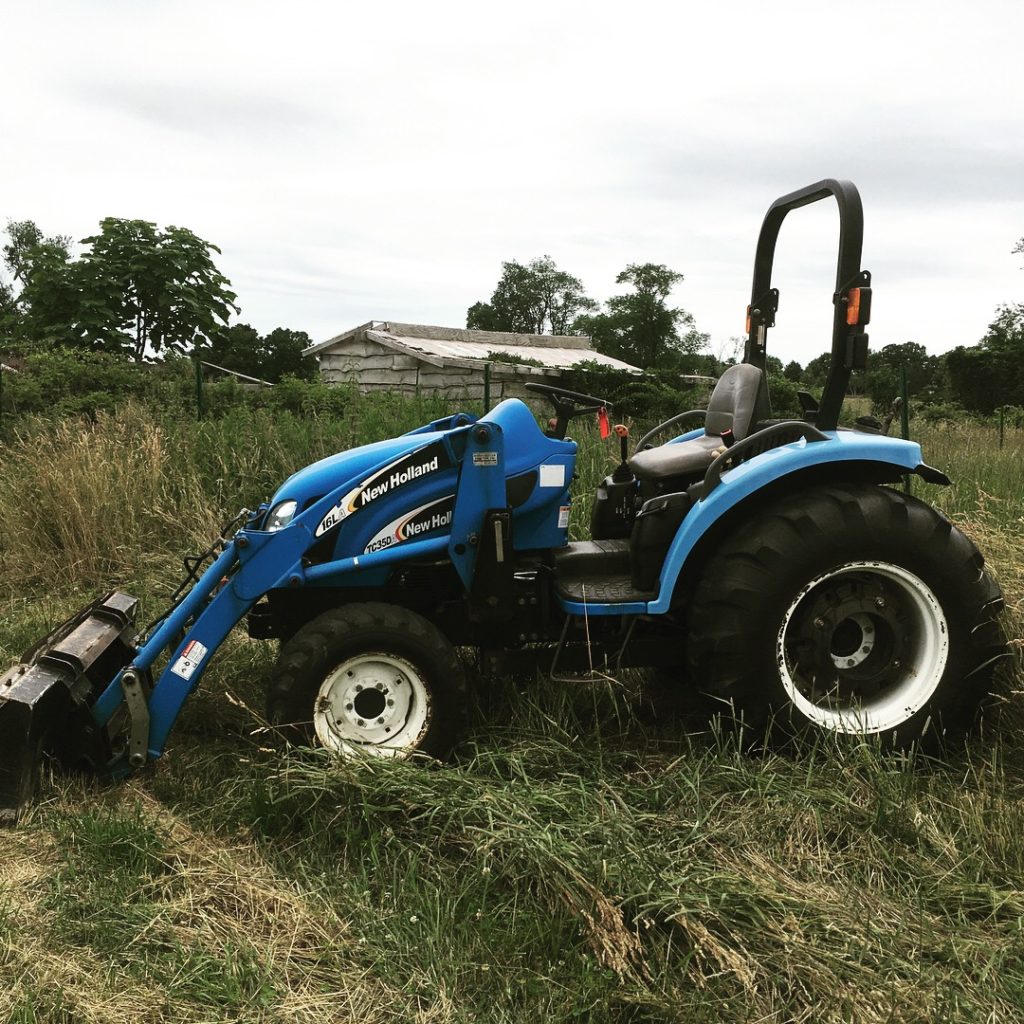
After much searching we found this great 2013 New Holland T35D tractor with a bucket and it really has changed the scope of what can be accomplished. The bucket is able to turn compost at the home farm, transport electronet, water troughs and more. But with investing in a significant piece of machinery comes the need to learn how to maintain all of it. In that first summer I learned 1. never let a diesel engine run empty 2. how to jump your battery after you have run it down trying to crank the engine after you have bled your engine after letting the fueld run out 3. how to replace an ignition and much much more. Bit by bit when each part has broken or needed servicing I have learned a new aspect of taking care of this machine which should last a lifetime if looked after.
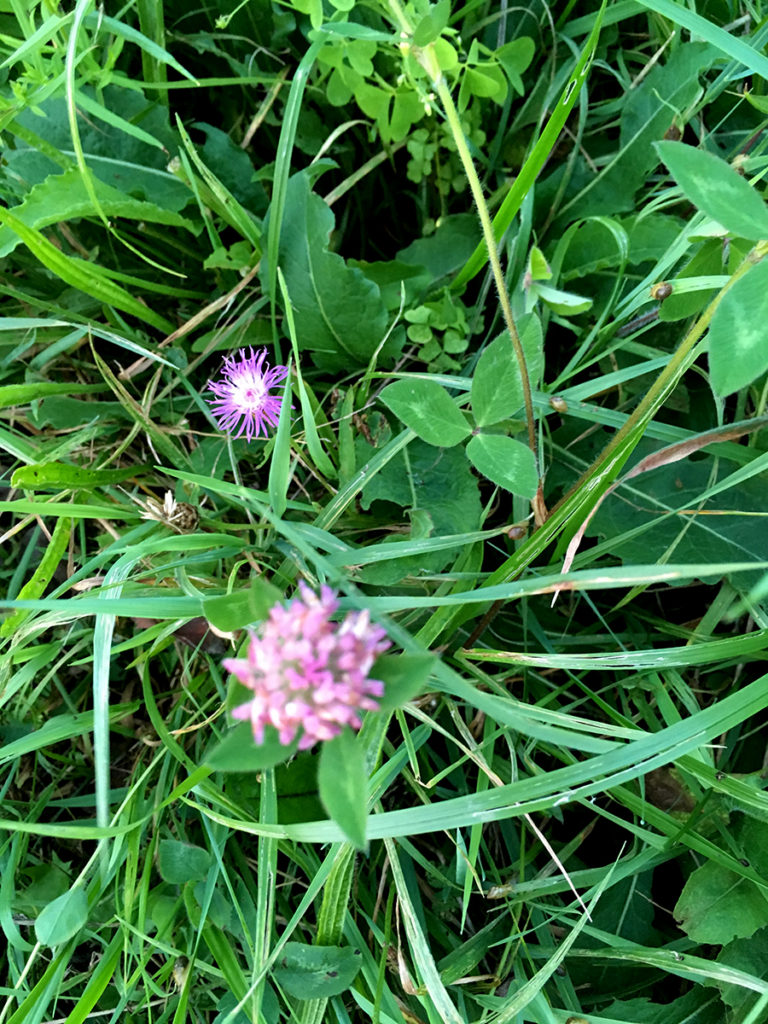
This year we really started to see the improvements in the pastures during our third season of systematic rotational grazing. The pastures are becoming more dense with a variety of forage plants. And native flowers flourish in the pastures which provided pollen sources for our 4 hives of honeybees that we introduced to the farm in 2018.

Taking on keeping bees was quite an undertaking and fitting a year-round beekeeping schedule into the sheep calendar is still a work in progress. But embracing natural beekeeping, allowing the bees to draw their own comb, and bearing witness to that incredible process as well as others was breathtaking. We even had a hive swarm and caught it after working for more than an hour and a half trying to find the queen and coax her out from a very rotted fence post. Farming naturally makes you observant and attuned to the weather, patterns of nature, the lunar cycle and more. But beekeeping takes these skills and fine tunes them. Bees act like a super-organism, meaning one bee cannot survive or operate on its own. The entire colony, as much as 80,000 strong at its seasonal peak, works in harmony. Individual bees have designated rolls at different ages and communicate between themselves in known and unknown ways that are incredible.
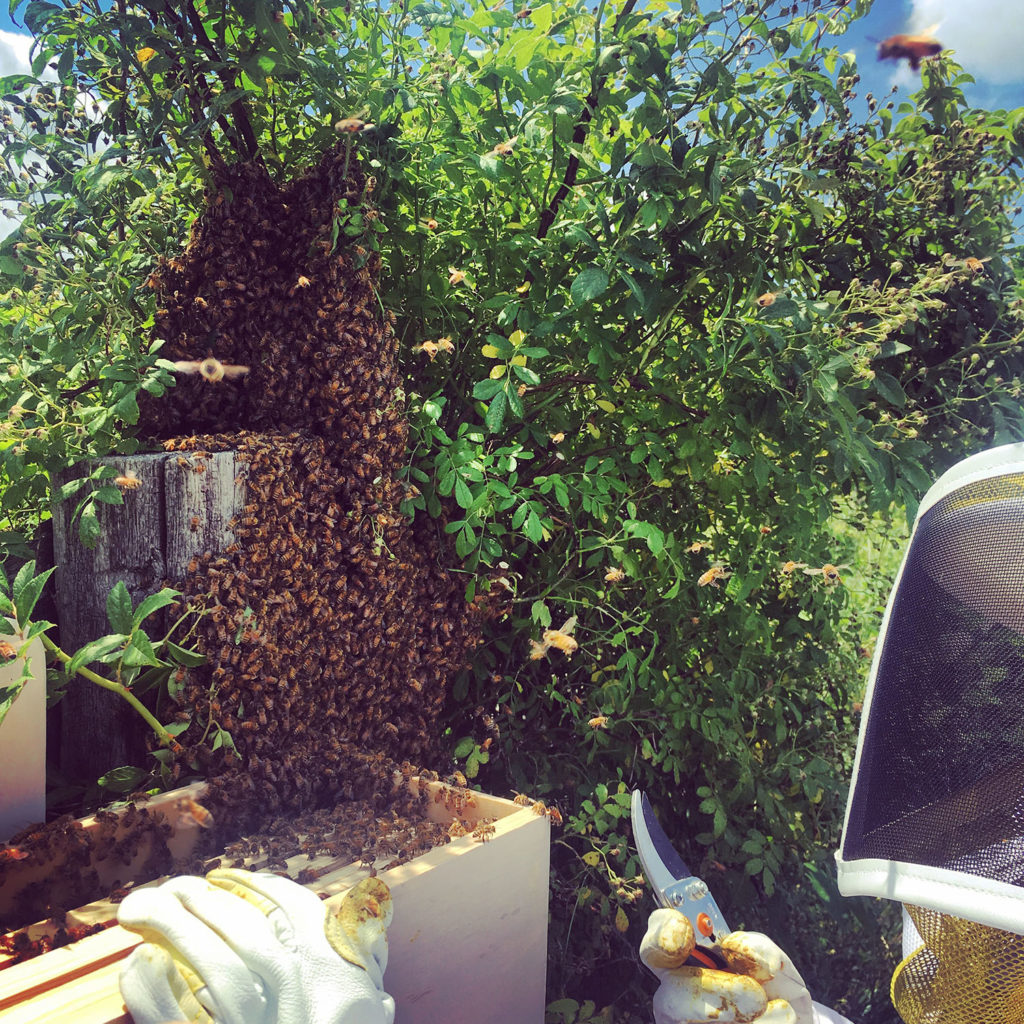
Now learning can be painful and since we’re reflecting on 2018 the first year of beekeeping had one memorable lesson. Langstroth hives (those typical apartment building-like hives we commonly see) were designed for easy management for the beekeeper while still working with the principals of what bees look for in terms of a home for their colony. One of the things a beekeeper can do is create more hives from one hive, also know as doing a ‘split’. Well, the colonies were booming and I decided to try doing a split.
There is some prep you need to do to perform your split and then introduce a queen to the newly formed colony. This includes removing frames from the donor hives and place in your new hive you plan to populate. On the day I needed to remove frames, it ending up being an extremely long and stressful farm day and then violent rain storms drowned our area for hours that afternoon and when the skies finally let up, and I had gotten time, it was 6pm. Now the general idea is to go into your hives when most of the bees are out foraging so that they aren’t so protective and so that there are just less bees. But I figured I would just pop off the lid, take out a couple frames and then move on. I also had on my work pants with 2 small holes in them but I had never had the bees go after me before.
Young Penny watched about 10 feet away in her full bee suit because this was kind of an exciting thing to watch. Well, within 10 seconds the bees started to come out and were very angry and one went straight for that tiny hole and made it clear they wanted me out of there. But again, this job had to be done that day, not later as we already had picked up the queen earlier in the morning. So back to the truck I went, taped around the pants with electrical tape to close all of the holes. Around and around I went, and kind of like a tied sausage I returned to the hive.
This time the bees had had enough, came out and began attacking the tops of my work boots trying to get down inside and stinging through the pants. I quickly walked probably 200 feet away from the hive, swearing and shouting away as Penny watched, before the bees stopped pursuing me. Of course, the pants were pretty much taped to me, impossible to get off so the stingers were stuck into my legs. And bees have a barbed stinger with an attached venom sack that continues to pulse and pump venom long after the bee has died. I can verify that as we raced back home for me to get better clothes on and return (because now I had left the entire hive open!). After cutting the jeans off, Penny counted all of the stings which pretty much turned into welts since the venom sacks had emptied completely— there were 12.
After that day I bought a full bee suit, never went in the hive after 3pm and listened to the bees as their NO is a very firm, non-negotiable NO.
2019 has just as many exciting new propects and adventures planned already for the farm. But it’s interesting that the most memorable happenings of the year are the ones that were never planned (or sometimes even desired!).

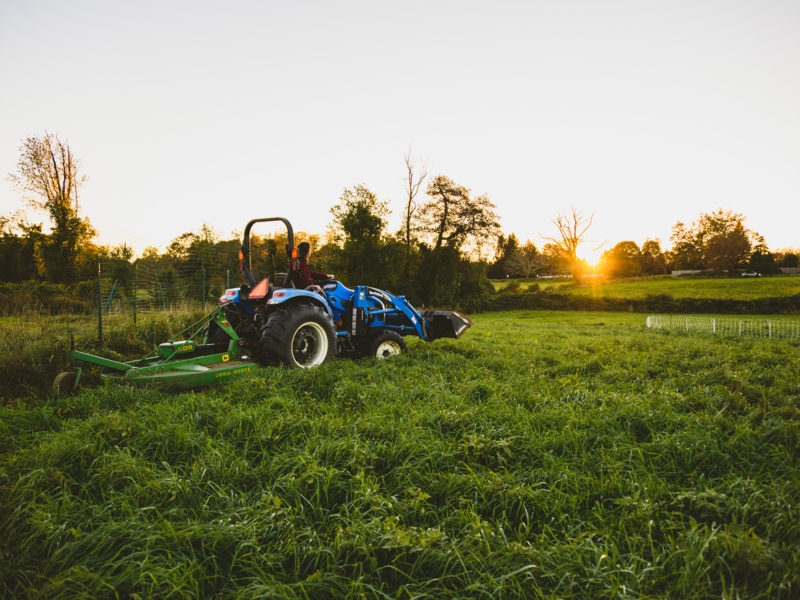
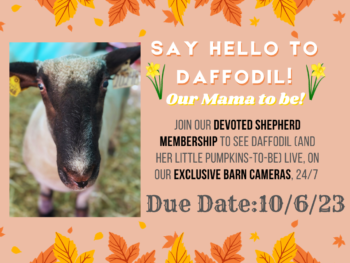

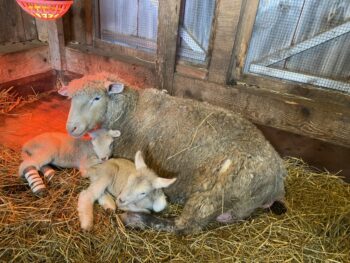
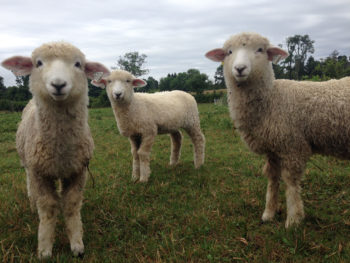

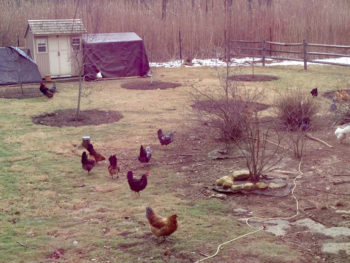
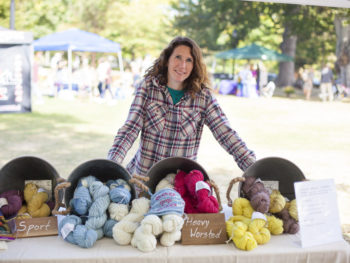
 Shearing Day is Coming!
Shearing Day is Coming!


